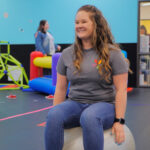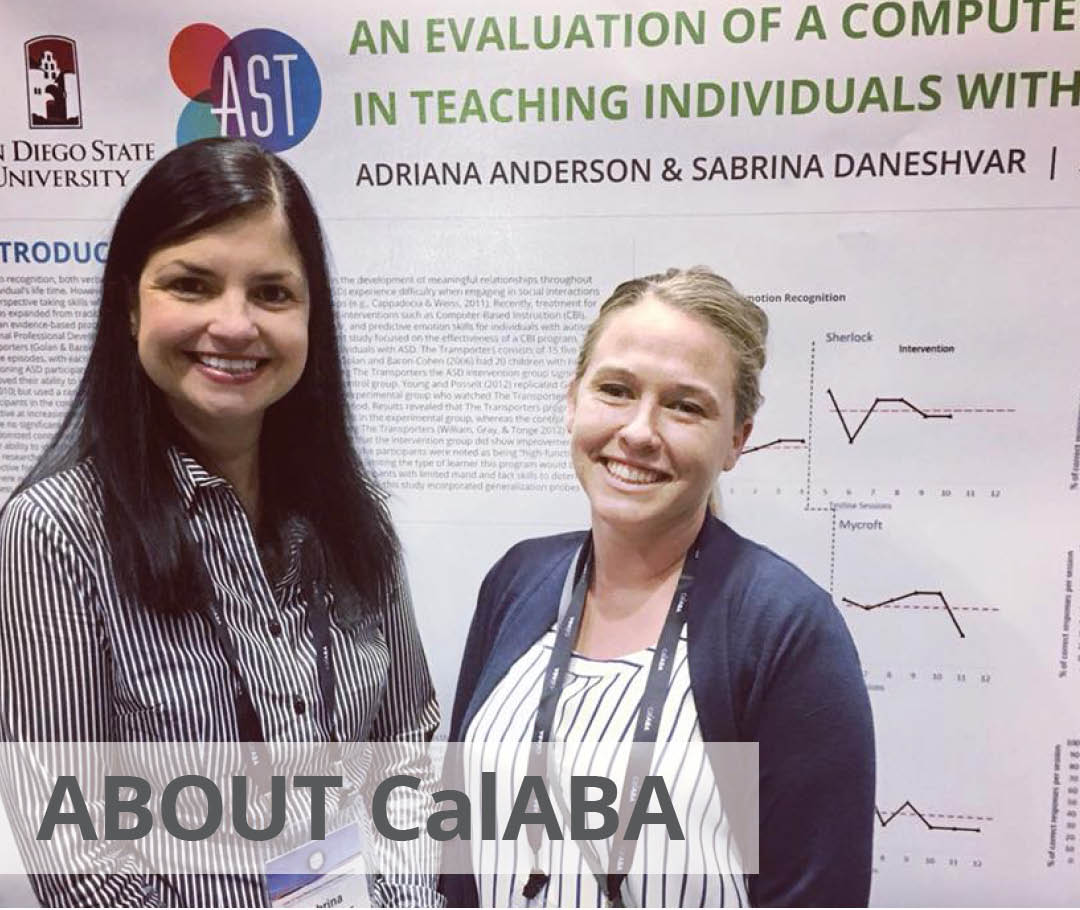November 4, 2024
Prevalence of Autism Spectrum Disorder – What you should know
FEATURED POSTS
October 7, 2024
October 7, 2024
September 27, 2024
On April 27, 2018, the Centers for Disease Control and Prevention (CDC) released a new report on the prevalence of autism spectrum disorder (ASD) in the United States. The prevalence estimates show an increase from 1 in 68 children from the previous report in 2016 (Christensen, Baio, Van Naarden, Braun, et al., 2016) to 1 in 59 children in the current report. The CDC established the Autism and Developmental Disabilities Monitoring Network (ADDM) in 2000 to provide prevalence estimates of children diagnosed with ASD. ADDM releases surveillance data every two years. The data for the current surveillance were collected at sites in 11 different states using health and educational records of children 8 years of age.
The results of the ADDM report suggest the increase in prevalence of ASD may be due, in part, to the identification of ASD in children from diverse racial and ethnic backgrounds. Previous ADDM reports noted a disparity in the prevalence of ASD with more Caucasian children identified with ASD than black or Hispanic children. The racial, ethnic, and socioeconomic disparities in children diagnosed with ASD has been highlighted in numerous empirical studies (e.g., Durkin, Maenner, Christensen, Daniels, Fitzgerald, Imm, Lee,…Yeargin-Allsopp, 2017; Mandell, Wiggin, Carpenter, Daniels, DiGuiseppi, Durkin,…Kirby, 2009; Tek & Landa, 2012). Later identification of ASD results in a delay to accessing effective treatment. Empirical research over the years consistently finds early intervention to be effective at increasing a variety of adaptive skills. It is important to remember that the American Academy of Pediatrics recommends that all children in the U.S. be screened for ASD at 18 and 24 months.
There is no cure for ASD. However, interventions based on the principles of applied behavior analysis (ABA) have been shown to have a beneficial impact on individuals with ASD. Decades of research indicate that ABA-based interventions can increase communication and adaptive skills and decrease challenging behavior. Although early intervention is critical, adolescents and adults benefit from ABA-based interventions. The key is to identify a qualified professional (i.e., Board Certified Behavior Analyst or BCBA) with training and experience working with individuals ASD to work with your family. A qualified BCBA will be able to develop a well-rounded program to meet the needs of your child and your family.
To access the 2018 ADDM report visit the website https://www.cdc.gov/ncbddd/autism/addm-community-report/index.html
To learn more about the Autism and Developmental Disabilities Monitoring (ADDM) Network visit the website https://www.cdc.gov/ncbddd/autism/addm.html
Reliable resources:
- Association for Science in Autism Treatment https://www.asatonline.org
- The National Professional Development Center http://autismpdc.fpg.unc.edu
- Organization for Autism Research https://researchautism.org
– Dr. Hanna Rue
Christensen DL, Baio J, Van Naarden Braun K, et al. Prevalence and characteristics of autism spectrum disorder among children aged 8 years—Autism and Developmental Disabilities Monitoring Network, 11 sites, United States, 2012. MMWR Surveill Summ 2016;65(No. SS-3): 1 -23.
Durkin, M.S., Maenner, M.J., Christensen, D., Daniels, J., Fitzgerald, R., Imm, P., Lee, L.C.,…Yeargin-Allsopp, M. (2017). Autism spectrum disorder among US children (2002-2010): Socioeconomic, racial, and ethnic disparities. American Journal of Public Health, 107, 1818-1826.
Mandell, D.S., Wiggin, L.D., Carpenter, L.A., Daniels J., DiGuiseppi, C., Durkin, M.S., …Kirby, R.S. (2009). Racial/Ethnic disparities in the identification of children with autism spectrum disorders. American Journal of Public Health, 99, 493-498
Tek, S. & Landa, R.J. (2012) Differences in autism symptoms between minority and non-minority toddlers. Journal of Autism and Developmental Disorders, 42, 1967-1973.







